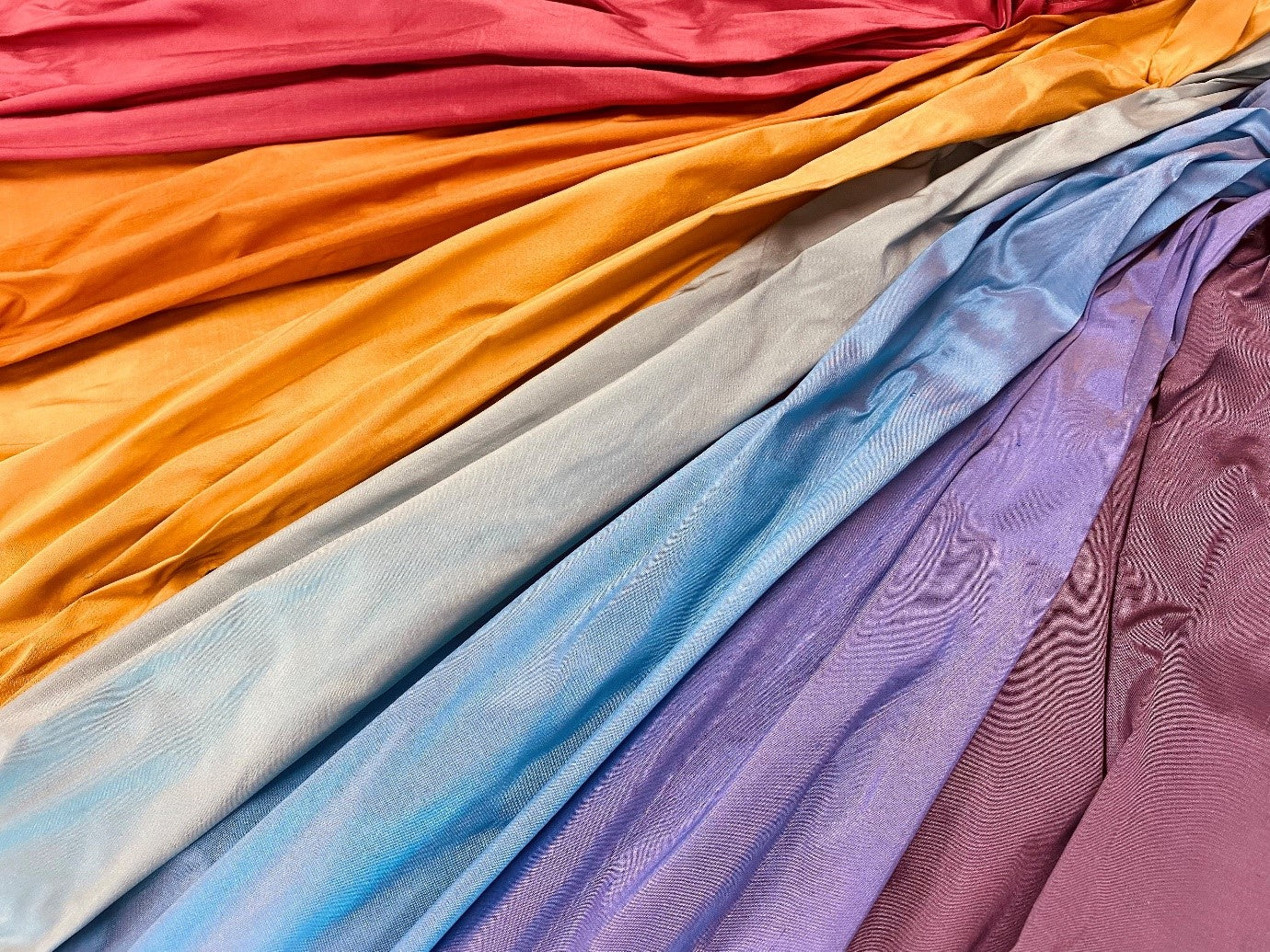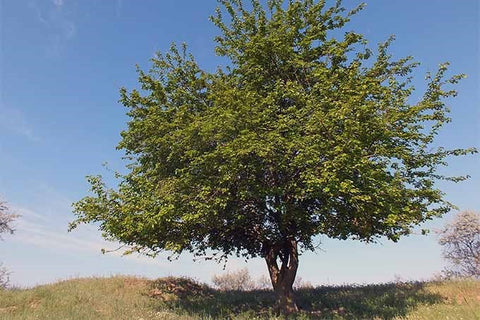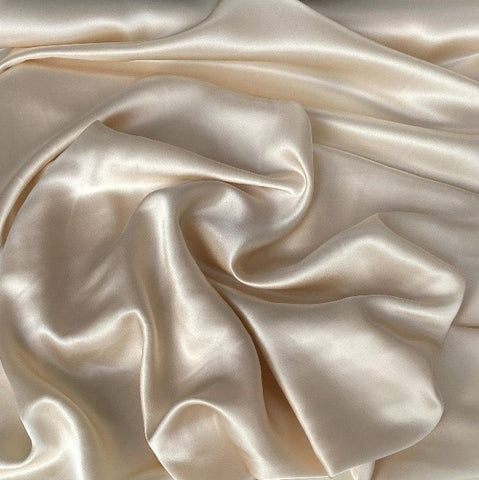Silk: From the Beginning

Imagine a young boy (bear with me here), who lived in a prehistoric era of central China. He’s been tasked by his farming parents to take a small herd of pigs out to a particular field for the day and the sun is hot and pigs are occupied and so he sits at the foot of a fruit tree to watch and wait. Doing this day in and day out, he begins to notice that the leaves of the fruit tree are being eaten by small creatures that, on investigation turn out to be caterpillars. A small child taking an interest in bugs isn’t really a stretch and so, because pigs are mostly smart enough to take care of themselves, he watches and learns as they get bigger and chunkier and eventually, they spin themselves a cocoon of a lovely golden colour (the pale ones come later, be patient). Roughly two weeks after spinning the cocoon, he notices the moths emerging to flutter around the Mulberry tree to look for other moths to make more moths. One low hanging cocoon doesn’t hatch and so carefully, the boy takes it down and, after penning the pigs for the night, shows his mum and dad what he’s found and what he thinks it is.

Despite evidence for silk production dating back 9000 years, the discovery and realization of what silk could be and do would have to have happened well before that, in line perhaps with discovery of the oldest linen, about 36,000 years ago. You could imagine the boy’s father being dismissive maybe but the mother, taking the cocoon, discovering she could unravel it in one long single thread and that it could be longer than the distance to her nearest neighbor. Or maybe going back to the tree and gathering more of the deserted cocoons and teasing them out into an amazingly light, fluffy cloud that could be used in pillows and as insulation and eventually spun up or knitted and woven. The improvisation, improvement and perfecting of weaving techniques, discovery of dyes and the eventual farming of the moth itself to produce more numerous and paler cocoons until we had a fully domestic silk moth species that produced dazzling and rich textiles that would shape history.

But back to our farmers who may have actually been stone-age hunter gatherers. What they found was a naturally made, protein wrapped filament (continuous piece) that would refract light in beautiful ways because of its triangular shape and was stronger than pretty much any fiber around at the time and continues to be stronger than a similarly sized steel cable. It shaped the economy of China for 4000 years and until the 6th Century, the East had the Monopoly on silk production, until a Byzantine Emperor bribed some monks to smuggle out silkworms for him. Despite the secret being dispersed across Europe and eventually to the Americas, China’s history with silk has allowed it to maintain its reputation as the largest Silk producing area of the modern era, followed by India, Uzbekistan and then, because of its humid climate, Brazil.

Mulberry silk is now the term for nearly all silk produced in the world, as the domestic silk moth (Bombyx Mori, a cute little critter) can only survive on a staple diet of Mulberry leaves. There are still a few “wild” species of silk moth, spider silk, and the amazing advances in fiber technology being produced in laboratories using silk proteins but nothing so prevalent as the original. When people were jealous of the monopoly they stole it, when it was in short supply in World War two, scientists tried to replicate it and produced Rayon (from plant fibers) and when that didn’t resemble silk enough, they went fully synthetic and invented Nylon.

Despite all the found and grown fibers produced over the centuries, linen from flax, animal fleeces, cotton tufts and even attempting to weave silicates (fiberglass) and minerals (asbestos), for the most luxurious and versatile fabrics, silk has continued to capture our attention again and again and we, as a rather tactile species have continued to value it for how it feels when we wear it and how it makes us feel.
Have you felt this stuff? Because silk feels amazing.

-
Posted in
ancient silk, mulberry silk, silk, silk cocoon, silk facts, silk history, silk moth, silk road
